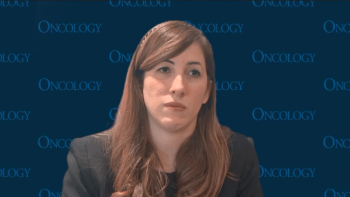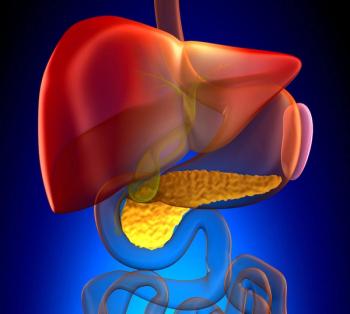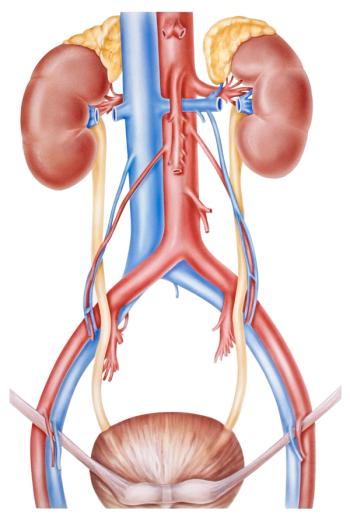
Oncology NEWS International
- Oncology NEWS International Vol 15 No 8
- Volume 15
- Issue 8
EPA's Dioxin Assessment May Overstate Risk of Cancer
An evaluation of the US Environmental Protection Agency's most recent assessment of dioxin has concluded that EPA understated the uncertainly about the chemical's health risks and may have overstated the risk of human cancer.
WASHINGTONAn evaluation of the US Environmental Protection Agency's most recent assessment of dioxin has concluded that EPA understated the uncertainly about the chemical's health risks and may have overstated the risk of human cancer. The report by the National Research Council (NRC) found that EPA provided a comprehensive review of the scientific data but failed to sufficiently quantify the risks or adequately justify the assumptions used to support them. The NRC is the research arm of the National Academy of Sciences and National Academy of Engineering.
Dioxinits most toxic form is TCDD, found in the herbicide Agent Orangeand dioxin-like compounds enter the environment from several sources, which include combustion, metal processing, and chemical manufacturing and processing. Human exposure to the chemicals occurs most often through the consumption of beef, pork, fish, and dairy products. Occupational or accidental exposure can cause far higher exposure levels than occur through the food chain. However, evidence suggests that human exposure to dioxin and dioxin-like chemicals has declined in recent years.
In 1985, EPA classified dioxin as a "probable human carcinogen," and in 1997, the WHO's International Agency for Research on Cancer designated dioxin as "carcinogenic to humans." Five years ago, the National Toxicology Program upgraded its classification of dioxin to "carcinogenic in humans," and the EPA in its 2003 draft reassessment raised the classification of TCDD to "known to cause human cancer."
EPA had used a "linear" model to determine risk based on higher-dose exposure data from exposed workers, an approach that usually results in higher risk estimates than those using nonlinear models where biologic responses do not vary proportionally with dose. The report recommended that EPA use both nonlinear and linear methods to assess risk, including compelling new animal data released after the EPA completed its 2003 reassessment. The new data, combined with substantial evidence that dioxin does not directly damage DNA, provides an adequate justification for using nonlinear methods to estimate human cancer risks of dioxin at relatively low levels of exposure, the report stated. The panel did agree unanimously that TCDD fits the definition for likely to be carcinogenic to humans, and it added that the public health implications of the two terms appear identical. Nonetheless, members urged EPA to reconsider whether its 2003 classification of TCDD as carcinogenic to humans met its 2005 cancer guidelines.
Articles in this issue
over 19 years ago
Younger Age at Brain Tumor Diagnosis Portends Poor Emotional Outcomeover 19 years ago
Triple Targeted Therapy Is Tested in Pts With Solid Tumorsover 19 years ago
FDA Approves Three-Drug Combination Tablet for HIV-1over 19 years ago
Side Effects Persist 16 Years After Prostate Ca Brachytherapyover 19 years ago
No Significant QOL Differences for Raloxifene and Tamoxifenover 19 years ago
Amrubicin Appears Promising in Small-Cell Lung Cancerover 19 years ago
R-MP Active in Older Pts With Newly Diagnosed Myelomaover 19 years ago
Sunitinib and Sorafenib Active in Phase II Advanced NSCLC Trialsover 19 years ago
Takeda Signs Agreement With Galaxy Biotech for HuL2G7Newsletter
Stay up to date on recent advances in the multidisciplinary approach to cancer.


















































































